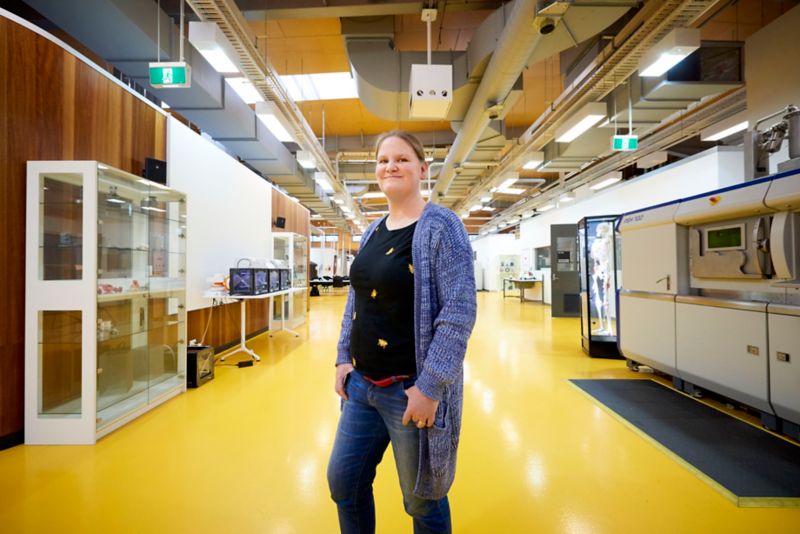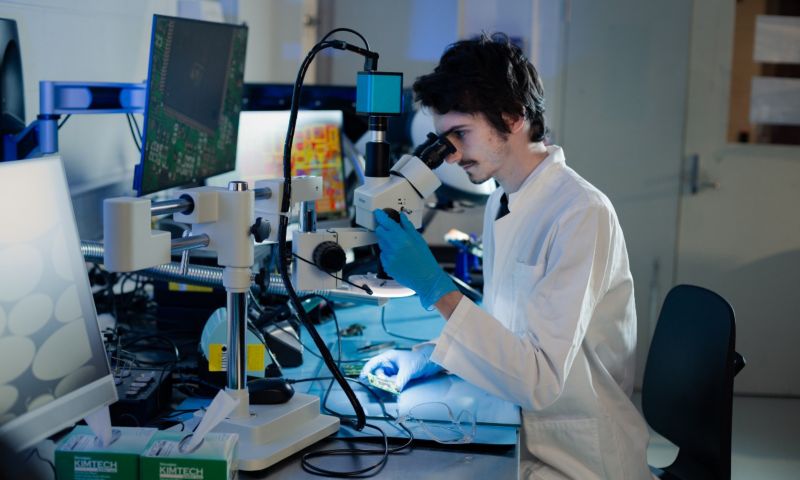AI-powered glaucoma screening test delivers rapid results
A new rapid screening test for glaucoma could help advance early detection of the disease, a leading cause of irreversible blindness.
From coffee to concrete: Engineering solutions to our most pressing problems
A new project from RMIT University could see the waste from the 1.3 million cups of coffee drunk daily in Australia turned into concrete used in homes, driveways or office buildings.
Imaging tech advances chronic wound care
Researchers are working with not-for-profit health and aged care provider Bolton Clarke on a clinical trial of imaging technology to improve chronic wound care.
Kate among engineering industry’s best and brightest
Biomedical engineer Associate Professor Kate Fox has been named on Engineers Australia’s prestigious top 30 most innovative engineers list.












